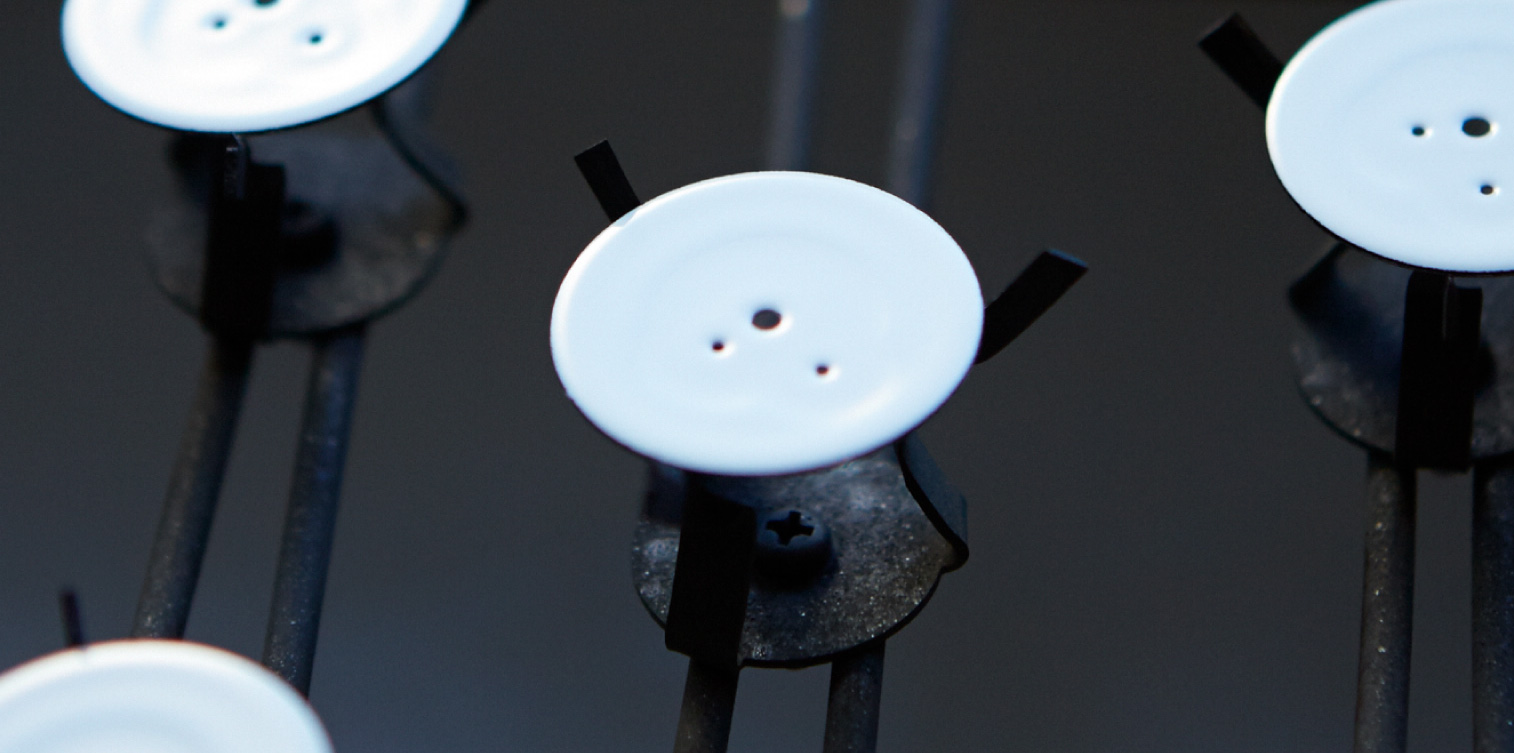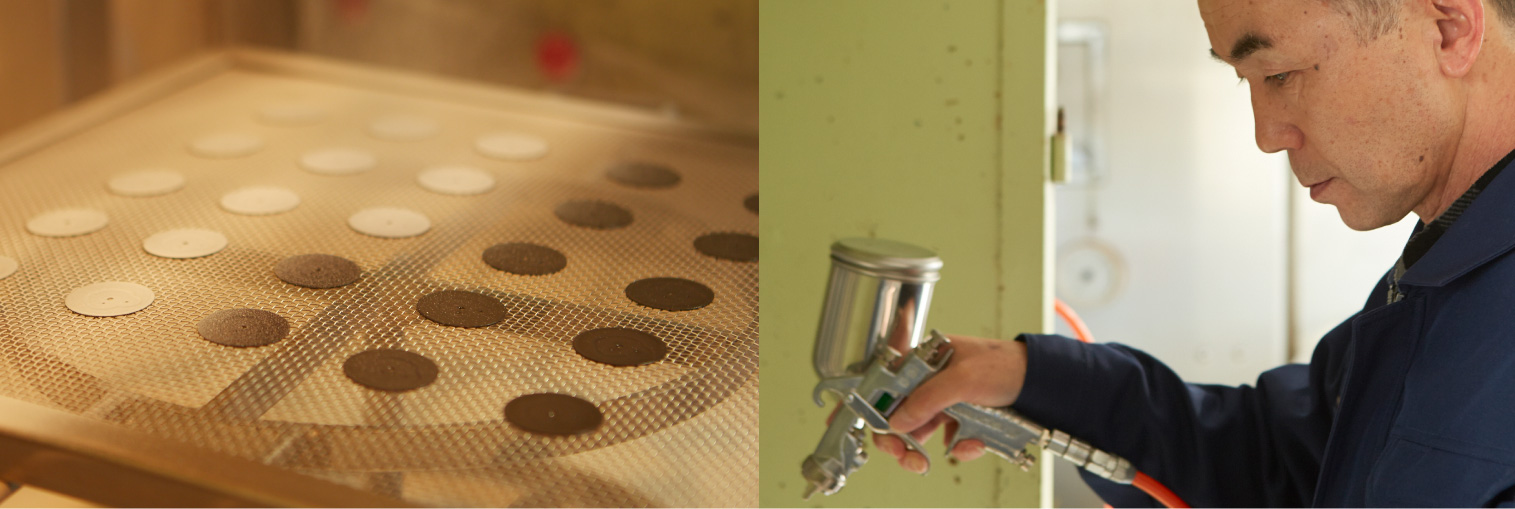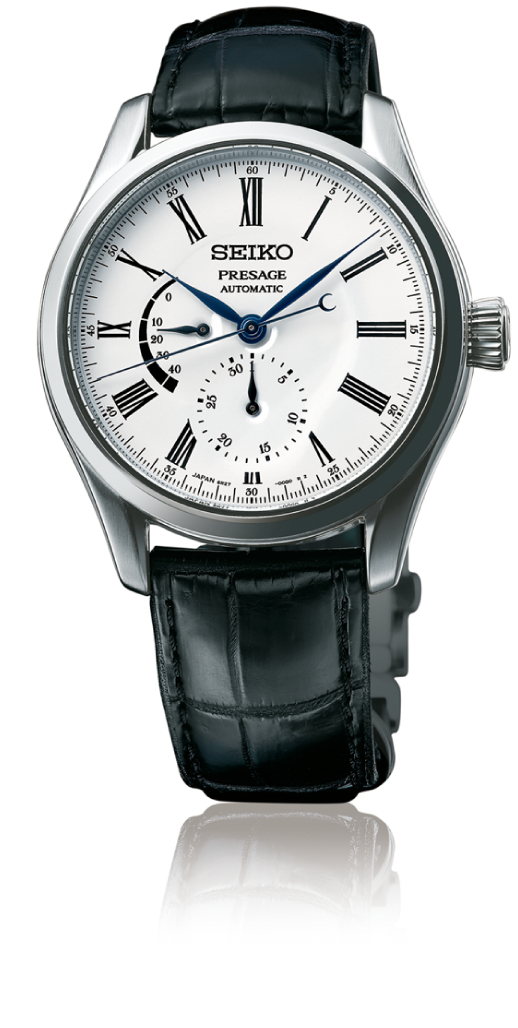Realizing the accuracy of 0.01 mm to bring new life to enamel
Matsumoto Koshiro: The elegant white color of this dial is quite impressive. It doesn’t give a feeling of coldness — rather, it gives a sense of warmth. When we think of horo (porcelain enamel), we readily link it to daily necessities. So, it is amazing to learn that you have applied horo to such a precision machinery component as a dial.
Mitsuru Yokosawa: When I began working on this project, Seiko told me that the company manufactured Japan’s first wristwatch, the Laurel, in 1913. To my surprise, horo was used for its dial at the time. As a craftsman, I felt convinced that it would be worthwhile giving new life to the century-old technology. The dial of the Laurel watch hasn’t faded at all despite more than 100 years elapsing. I was enthralled anew by the charm of horo.
Matsumoto: It’s natural for you to get fired up because your mission was to create a new watch face. What part of the manufacturing process was the most difficult?
Yokosawa: The dial is just about 30 mm in diameter. What’s more, it has [two] sub-dials. Therefore, I concentrated on continuing to always apply an even thickness of glaze to the metal surfaces with the utmost care and attention. When producing enamel tableware, different thicknesses of glaze may be passable to a certain extent. In the art of watch manufacturing, uneven thicknesses of glaze can never be acceptable because hand movements may consequently be hindered. As such, I needed to follow a set of strict requirements that specified the exact thickness of the glaze layer to be fused throughout the manufacturing process. On the other hand, to get a distinct white color, I had to melt and fuse the glaze securely with the metal surface each time. To that end, when I sprayed the glaze, I had to keep adjusting the thickness with the accuracy of 0.01 mm. In the finishing stage of glaze treatment, I usually found myself immersed in a world of senses.
In the project, I strained every nerve to deliver what I had been asked to achieve while unfailingly doing high-quality work. Such craftsmanship, I think, is akin to what you, as a kabuki actor, do in every monthlong run — you need to play the same role in the same way basically true to what has been set in advance.
“This dial gives a sense of warmth,” says Matsumoto Koshiro, wearing a Seiko Presage watch. “Amazingly, its white color won’t fade for a long time.”









